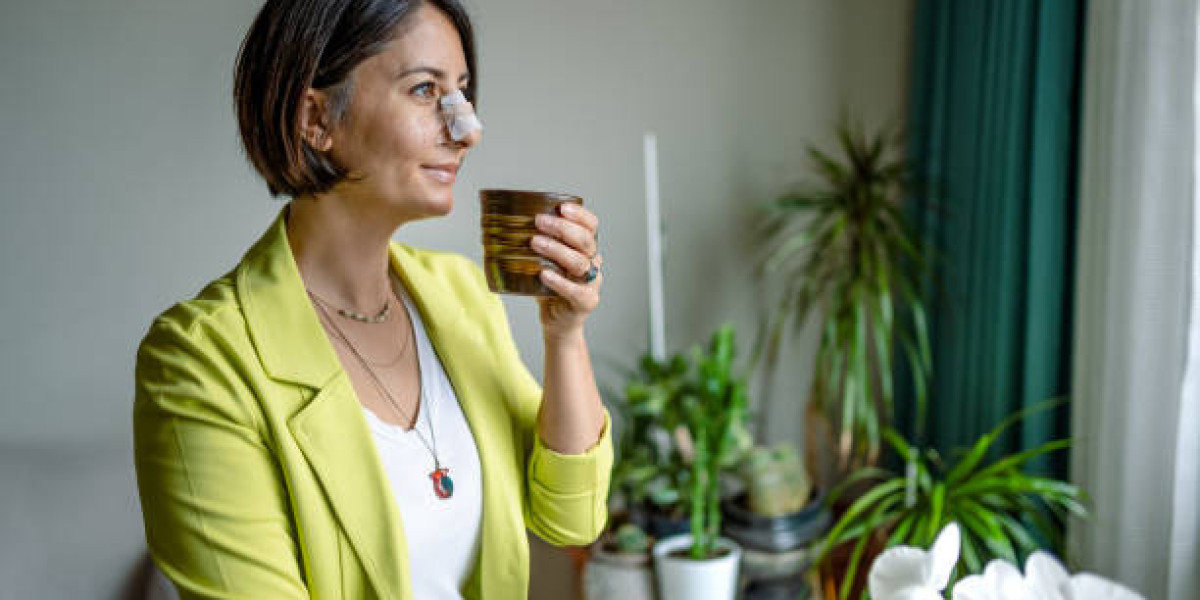Introduction: A Shift Toward Unseen Precision
In Riyadh’s evolving landscape of cosmetic surgery, rhinoplasty has entered a new phase—one defined not only by refined aesthetics but also by a heightened commitment to minimizing visible surgical traces. Scar-minimizing rhinoplasty, particularly through the adoption of closed techniques, has emerged as a leading preference among patients seeking subtle yet transformative changes. In a city where cultural values emphasize modesty, discretion, and natural-looking beauty, this shift reflects both medical innovation and a deep sensitivity to patient expectations. Closed rhinoplasty, with its internal incisions and refined access methods, represents a departure from traditional approaches, offering the promise of beauty without the lasting reminder of a surgical intervention.
The Closed Rhinoplasty Approach: A Technical Overview
Closed rhinoplasty, sometimes referred to as endonasal rhinoplasty, involves making all incisions inside the nostrils, eliminating the need for external cuts along the columella. This technique allows surgeons to reshape bone and cartilage while leaving no visible scars on the external surface of the nose. In Riyadh, Rhinoplasty in Riyadh has evolved through a combination of advanced micro-instruments, high-definition endoscopic visualization, and digital surgical planning. By carefully accessing the underlying structures through internal pathways, surgeons can achieve precise alterations in nasal dorsum alignment, tip projection, and bridge contour without compromising the integrity of the skin envelope. The result is a smoother recovery process, faster wound healing, and an outcome that blends seamlessly with the patient’s natural facial features.
Why Scar Minimization Matters in Riyadh
Cultural aesthetics in Riyadh place a premium on refinement and discretion. While beauty enhancements are increasingly embraced, they are often expected to be undetectable to the casual observer. A visible surgical scar, no matter how small, can be perceived as detracting from the desired illusion of natural beauty. This is particularly relevant for women wearing the hijab, where the central facial region—including the nose—draws greater visual focus. Men, too, value the absence of scars, particularly in professional and social contexts where appearance plays a subtle yet influential role. By ensuring that no external marks remain, closed rhinoplasty aligns perfectly with these cultural and social priorities, allowing patients to enjoy transformative results without the visual cues of surgery.
Advances in Surgical Planning and Precision
The modern closed rhinoplasty performed in Riyadh is far removed from its earlier forms, thanks to advancements in preoperative planning. High-resolution 3D facial scanning, coupled with computer-assisted simulation, enables surgeons to create detailed surgical blueprints tailored to each patient’s facial proportions. These tools not only predict post-surgical outcomes with remarkable accuracy but also guide intraoperative decision-making. Additionally, biomechanical modeling allows for the analysis of nasal structural stability, ensuring that aesthetic refinements do not compromise breathing function. In this context, closed rhinoplasty becomes more than just a scar-minimizing choice—it becomes a precision-driven, functionally safe surgical art form.
Minimizing Trauma for Faster Recovery
One of the most compelling benefits of the closed approach is its potential to reduce surgical trauma. By avoiding an external incision and minimizing soft tissue disruption, the procedure typically results in less swelling, faster subsiding of bruising, and a shorter downtime. In Riyadh, where patients often seek to resume their professional and social engagements swiftly, this accelerated recovery process is highly valued. Surgeons employ ultra-fine instruments and low-trauma dissection techniques to further limit tissue stress, helping patients achieve their final refined look in a fraction of the time associated with more invasive methods.
Specialization in Subtle Aesthetic Goals
Closed rhinoplasty in Riyadh is not only a response to a desire for scar minimization but also a reflection of an evolving preference for subtle, culturally attuned enhancements. Instead of dramatic reshaping, many patients opt for delicate refinements—softening a dorsal hump, improving tip symmetry, or refining nasal width. Surgeons specializing in closed techniques excel at these precise modifications, ensuring that the results respect the patient’s ethnic and cultural identity. The goal is harmony, not homogenization, allowing each individual’s features to remain authentic while being gently enhanced.
Adapting Closed Techniques for Complex Cases
While closed rhinoplasty is often associated with primary, straightforward cases, Riyadh’s top surgeons have adapted it for more complex scenarios. Through innovative cartilage grafting methods, internal suture techniques, and hybrid approaches that blend minimal external access with predominantly closed incisions, they can now address revision rhinoplasty, severe deviations, and advanced structural corrections without abandoning the scar-free promise. This evolution demonstrates that the technique’s scope is no longer limited to simple adjustments but can extend to sophisticated reconstructive and aesthetic challenges.
Cultural Sensitivity and Patient Communication
Effective communication is central to the success of scar-minimizing rhinoplasty in Riyadh. Surgeons invest time in understanding not only the physical concerns but also the patient’s cultural, social, and personal expectations. In many cases, the conversation involves educating patients about the balance between aesthetic improvement and maintaining functional integrity. By presenting closed rhinoplasty as a method that preserves privacy, enhances beauty subtly, and ensures rapid reintegration into daily life, surgeons align their expertise with deeply held local values.
The Role of Technology in Enhancing Outcomes
Technology has played a transformative role in advancing closed rhinoplasty in Riyadh. Fiber-optic lighting and high-definition endoscopes provide unparalleled visibility of nasal structures during surgery, allowing for precise reshaping without compromising surrounding tissues. Intraoperative navigation systems, adapted from neurosurgery, offer spatial guidance that reduces the risk of asymmetry or structural weakness. Postoperatively, digital imaging tools track healing progress, enabling surgeons to make timely recommendations for aftercare that further optimize results and minimize the risk of internal scar tissue formation.
The Growing Demand and Future Outlook
The demand for scar-minimizing rhinoplasty is steadily increasing in Riyadh, fueled by a growing awareness of advanced surgical techniques and an emphasis on discreet beauty enhancements. Social media and medical tourism have played a role in popularizing the concept, but the city’s own surgical community is setting global benchmarks in technique and patient care. Looking forward, innovations such as regenerative tissue engineering, AI-assisted surgical mapping, and bioabsorbable internal support frameworks are likely to make closed rhinoplasty even more precise, predictable, and universally applicable.
Conclusion: A Blend of Tradition, Innovation, and Discretion
Scar-minimizing rhinoplasty through closed techniques represents a harmonious convergence of Riyadh’s cultural preferences and the latest advancements in surgical science. It allows patients to undergo meaningful aesthetic transformation without leaving behind visible evidence of their choice. By integrating precision planning, advanced technology, and culturally sensitive practice, Riyadh’s surgeons are redefining the standards of rhinoplasty—offering results that are not only beautiful but also beautifully discreet. In a city where both innovation and tradition hold strong influence, the rise of closed techniques is more than a medical trend; it is a statement of how modern aesthetics can evolve while respecting the values of the community it serves.








